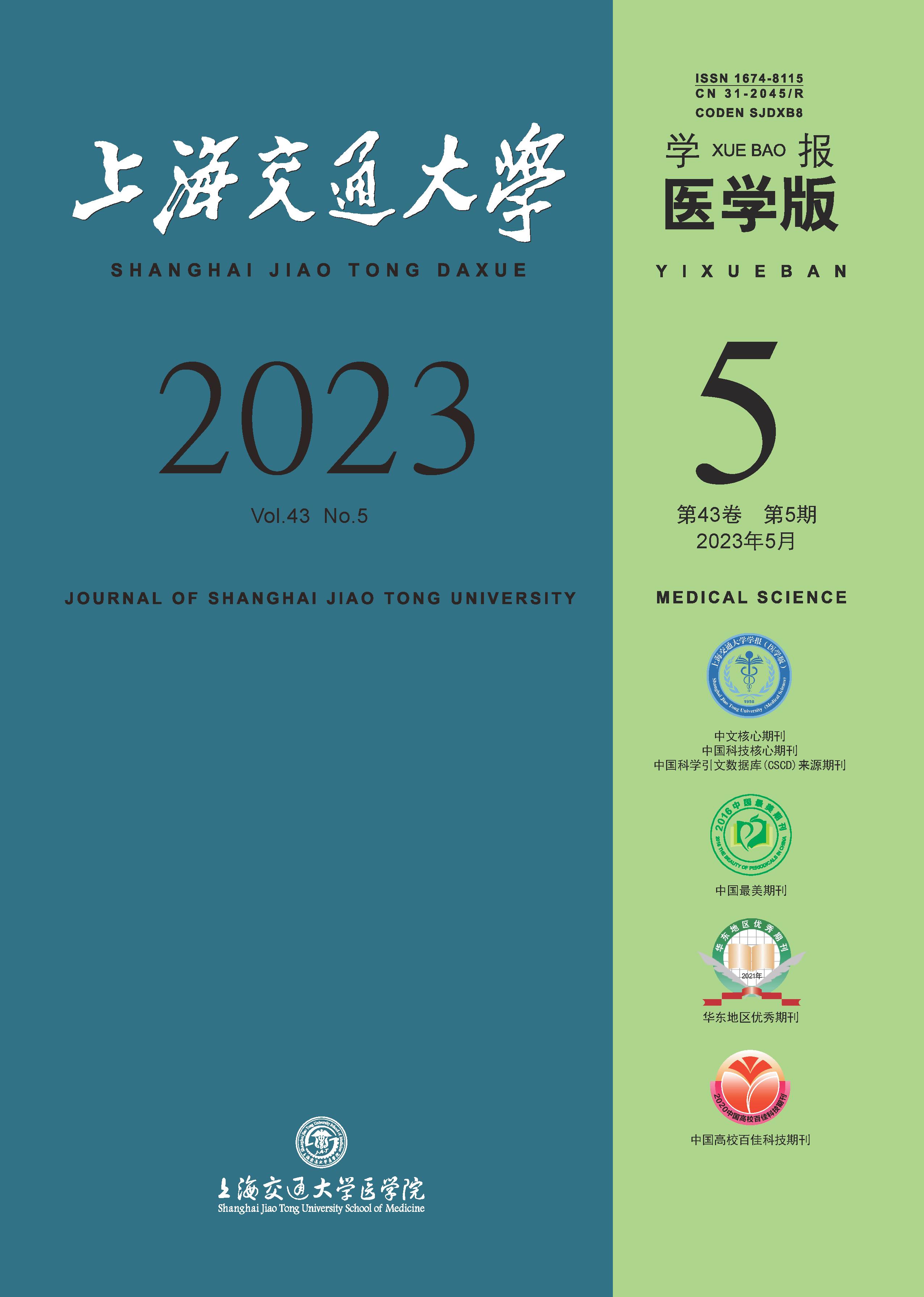Objective ·To explore the effects of home-based rehabilitation program led by self-efficacy theory after temporomandibular joint disk repositioning. Methods ·Convenient sampling method was used. Patients with temporomandibular joint disk displacement who received temporomandibular joint disk repositioning in Shanghai Ninth People′s Hospital, Shanghai Jiao Tong University School of Medicine from August 2020 to January 2021 were selected as the control group, and patients admitted from February 2021 to July 2021 were selected as the intervention group. The control group received the conventional home-based rehabilitation care, while the intervention group were given home-based rehabilitation program led by self-efficacy theory. The general information questionnaire was used to collect the general information about patients. The joint range of motion measuring, rehabilitation exercise compliance questionnaire, General Self-efficacy Scale (GSES), and Mishel's Uncertainty in Illness Scale (MUIS) were used to investigate the joint range of motion, the rehabilitation exercise compliance score, the self-efficacy score and the uncertainty in illness score in the two groups at baseline and at 1, 3 and 6 months after surgery. Results ·A total of 167 patients with temporomandibular joint disk displacement who received temporomandibular joint disk repositioning surgery were enrolled, including 96 cases in the control group and 71 cases in the intervention group. There was no difference in the general information between the two groups (P>0.05). There were no differences in the maximal mouth opening, maximum rightward lateral movement, maximum leftward lateral movement, self-efficacy score and uncertainty in illness score between the two groups at baseline (all P>0.05). The maximal forward extension in the intervention group was significantly less than that in the control group (P=0.008). Repeated measurement variance analysis showed that the self-efficacy scores in the intervention group were higher than those in the control group at 1, 3 and 6 months after surgery, and the differences were statistically significant (P=0.006, P=0.003, P=0.016). At 1 and 3 months after surgery, the scores of complexity dimension of uncertainty in illness in the intervention group were significantly lower than those in the control group (P=0.003, P=0.000). At 1 and 6 months after surgery, the rehabilitation exercise compliance scores in the intervention group were significantly higher than those in the control group (P=0.000, P=0.016). At 6 months after surgery, the maximum forward extension and maximum rightward lateral movement were significantly greater than those in the control group (P=0.024, P=0.008). Conclusion ·The home-based rehabilitation program led by self-efficacy theory has a positive effect on improving the self-efficacy and compliance of rehabilitation exercise, reducing the disease uncertainty, and promoting the joint function recovery in patients receiving temporomandibular joint disk repositioning.

